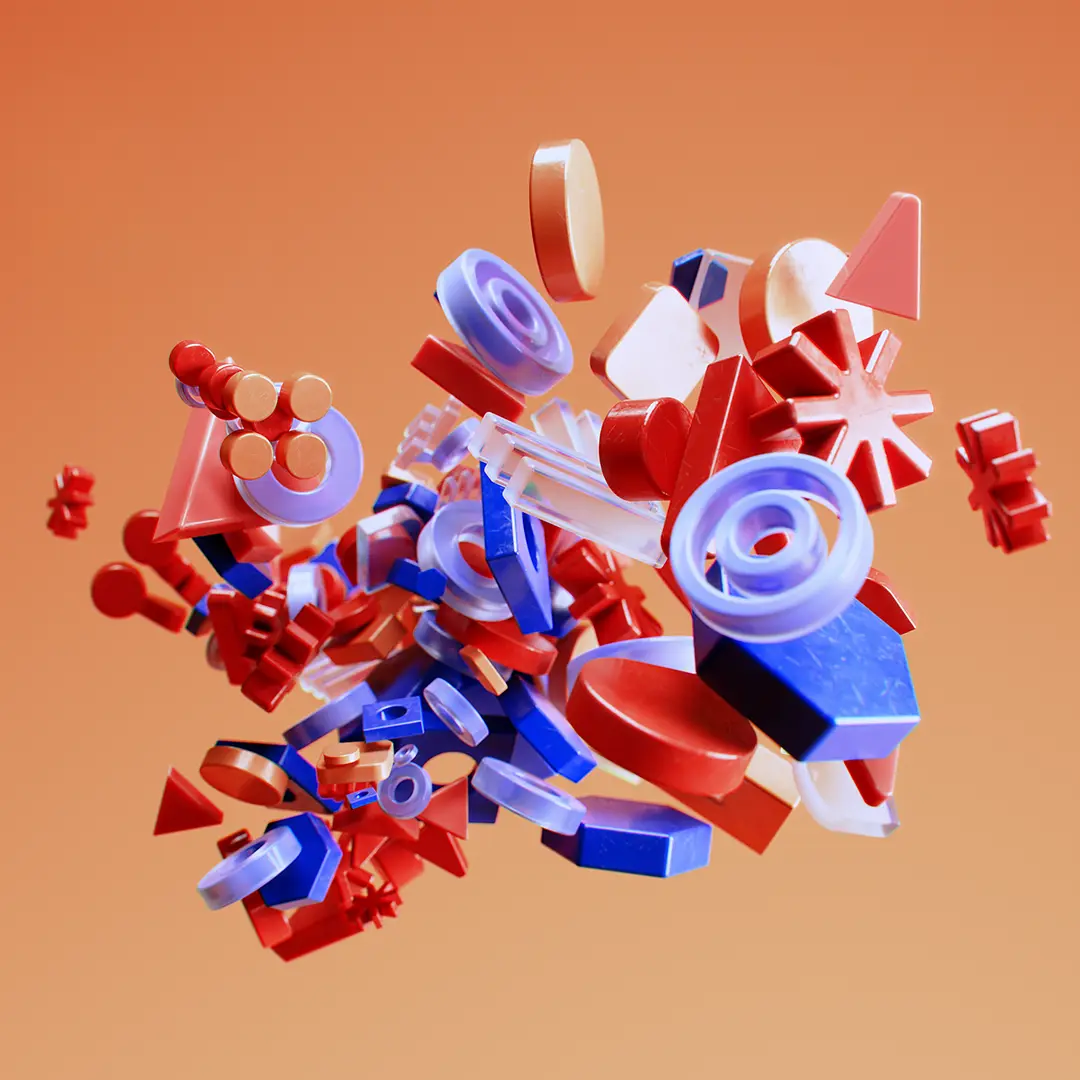In today’s digital age, motion graphic software has emerged as a cornerstone tool for creatives, enabling them to bring ideas to life through dynamic visual narratives. These sophisticated applications combine the principles of graphic design with animation and multimedia to create compelling, engaging content that captures the imagination. From advertisements and social media content to educational materials and entertainment, motion graphics are everywhere, enhancing our visual experience and communication.
Understanding the Basics of Motion Graphics
Motion graphics are essentially animated graphic design. They blend visual elements like typography, shapes, and colors with animation techniques to tell a story or communicate a message in an engaging and succinct manner. Unlike traditional animation, which often focuses on characters and storytelling, motion graphics emphasize text and abstract shapes to convey ideas in a more stylized way. This makes them particularly effective for conveying complex information quickly and memorably.

Popular Motion Graphic Software Tools
Several motion graphic software tools stand out in the industry for their robust features, user-friendly interfaces, and versatility. Adobe After Effects is perhaps the most well-known, offering a comprehensive suite of tools for animation, visual effects, and compositing. Cinema 4D excels in 3D motion graphics, providing artists with powerful rendering and modeling capabilities. Blender, an open-source alternative, offers 3D creation suites that are increasingly popular for motion graphics due to their zero-cost and high functionality. For vector-based animation, Adobe Animate and Toon Boom Harmony are favorites among professionals for creating interactive animations and cartoons.

Features and Capabilities of Motion Graphic Software
Motion graphic software comes packed with features designed to streamline the creation process and unleash creativity. Keyframe animation, 3D modeling, text animation, and particle effects are just a few capabilities that allow for the creation of intricate and visually appealing animations. Advanced compositing features enable the integration of various visual elements into a cohesive final product. Real-time rendering technologies in these software tools have also significantly reduced production times, allowing for more iterative and creative workflows.
Applications of Motion Graphics in Various Industries
The versatility of motion graphics has led to their widespread application across various industries. In marketing and advertising, motion graphics are used to create engaging commercials and social media content that capture viewer attention. The educational sector employs motion graphics to simplify complex concepts and enhance learning through visual aids. In entertainment, motion graphics are crucial for creating opening titles, visual effects, and animated logos that add depth and dimension to storytelling. Even in journalism, motion graphics are used to illustrate stories and present data in a more digestible format.
Tips and Tricks for Creating Effective Motion Graphics
Creating effective motion graphics requires a blend of creativity, technical skill, and strategic planning. Here are some tips and tricks for aspiring motion graphic designers:
- Start with a Strong Concept: Every effective motion graphic begins with a clear concept and objective. Outline your main message and consider the best visual and narrative techniques to convey it.
- Keep It Simple: Complexity doesn’t necessarily translate to effectiveness. Often, simple, clean designs can more effectively communicate your message.
- Focus on Timing and Pacing: The rhythm of your animation can greatly impact its effectiveness. Pay careful attention to timing and pacing to ensure your message is delivered clearly and engagingly.
- Leverage Color and Typography: Color schemes and typography choices can significantly affect the mood and clarity of your motion graphics. Use these elements strategically to enhance your message.
- Iterate and Get Feedback: Don’t be afraid to revise your work. Getting feedback from peers or your target audience can provide valuable insights and improve the final product.
Future Trends in Motion Graphic Software
The future of motion graphic software is promising, with several trends poised to redefine the landscape. Augmented reality (AR) and virtual reality (VR) are opening new frontiers for immersive motion graphics, offering novel ways to engage audiences. Artificial intelligence (AI) and machine learning are beginning to automate aspects of the animation process, potentially streamlining workflows and enabling more personalized content. Cloud-based collaboration features are also becoming more prevalent, allowing teams to work together more efficiently regardless of geographical location. These advancements promise to expand the creative possibilities for motion graphics artists and elevate the quality of content produced.

Harnessing the Power of Motion Graphics for Visual Storytelling
Motion graphics offer a powerful medium for visual storytelling, transforming static ideas into dynamic narratives that engage, inform, and inspire. With the right tools and techniques, motion graphics can effectively communicate complex messages in an accessible and visually appealing manner. As software continues to evolve, offering more advanced features and capabilities, the potential for creative expression and impact through motion graphics will only grow. By harnessing the power of motion graphics, creators can continue to push the boundaries of visual storytelling and create content that resonates with audiences on a profound level.
In conclusion, motion graphic software plays a pivotal role in today’s visual communication landscape, providing creators with the tools necessary to bring their visions to life. As technology advances, the possibilities for what can be achieved with motion graphics expand, offering exciting opportunities for innovation in storytelling and design. Whether you’re a seasoned professional or an aspiring designer, understanding and leveraging the capabilities of motion graphic software can unlock new horizons of creativity and impact.
